
3 minutes read
Soft deletes in Laravel: the 2025 guide
Table of contents
What are soft deletes?
Soft deletes allows developers to mark models as deleted without deleting them from the database.
Imagine a deleted_at column in your database containing the date where your entry has been deleted.
Their main benefit is that you don’t loose data anymore. You will always be able to restore it.
Obviously, there is a mechanism to help you clean up old soft deleted models that I’ll show you later.
How to set up soft deletes
Laravel requires you to take two easy steps to set up a soft delete.
First, specify that you need a column for soft deletion in your migration (I wrote a nice article about migrations). Once you run it, you’ll see a new deleted_at column in your posts table.
public function up() { Schema::table('posts', function (Blueprint $table) { $table->softDeletes(); // [tl! ++] }); }
In the down() method, you can remove the column using the dropSoftDeletes() method.
public function down() { Schema::table('posts', function (Blueprint $table) { $table->dropSoftDeletes(); // [tl! ++] }); }
Then, in your model, import the SoftDeletes trait.
namespace App\Models; use Illuminate\Database\Eloquent\Model; use Illuminate\Database\Eloquent\SoftDeletes; // [tl! ++] use Illuminate\Database\Eloquent\Factories\HasFactory; class Post extends Model { use HasFactory, SoftDeletes; // [tl! ++] }
How to perform a soft delete and check for it
To soft delete in Laravel, you don’t have to change your habits. Use your model’s delete() method just like before. The only difference will be that Laravel will add the current date and time inside the deleted_at column.
$post->delete();
And if you want to check if a model has been soft deleted, I recommend the trashed() method instead of manually checking the deleted_at column.
if ($post->trashed()) { // }
More helpers for soft deletes
Sometimes, you may need to include soft deleted models in your queries. The withTrashed() scope can help with that.
Post::withTrashed()->get();
You can even query trashed models only:
Post::onlyTrashed()->get();
Also, since the model is never really deleted, you can restore it at any moment using the restore() method. The deleted_at column will be back to NULL.
$post->restore();
Finally, if you want to really remove a soft deletable model from the database definitely, use the forceDelete() method.
$post->forceDelete();
How to test for a soft delete
To test for a soft delete in Laravel, use the assertSoftDeleted() method Laravel provides.
Here’s a basic example of how I’d go for it:
public function test_it_soft_deletes_posts() { $post = Post::factory()->create(); $this ->deleteJson(route('posts.destroy', $post)) ->assertNoContent(); $this->assertSoftDeleted($post); }
The inverse method exists as assertNotSoftDeleted().
How to clean up old soft deleted models
You can use the pruning mechanism Laravel offers to clean up old soft deleted models.
For example, import the Prunable trait inside your model and tell the framework to remove models that have been soft deleted since a month or more.
namespace App\Models; use Illuminate\Database\Eloquent\Model; use Illuminate\Database\Eloquent\Prunable; use Illuminate\Database\Eloquent\SoftDeletes; use Illuminate\Database\Eloquent\Factories\HasFactory; class Post extends Model { use HasFactory, Prunable, SoftDeletes; public function prunable() { return static::where('deleted_at', '<=', now()->subMonth()); } }
Don’t forget to run the model:prune command with the scheduler. Add it to your app/Console/Kernel.php:
protected function schedule(Schedule $schedule) { $schedule->command('model:prune')->daily(); // [tl! ++] }
Did you like this article? Then, keep learning:
- Understand how to clear Laravel caches which is useful alongside soft deletes
- Explore database transactions to ensure data integrity relevant when soft deleting models
- Master error handling which complements safe data operations like soft deletes
- Upgrade guide to keep your Laravel version updated with latest soft delete features
- Learn Laravel architecture best practices that incorporate model management including soft deletes
- Understand Laravel migrations which you use to add soft delete columns properly
- Discover Laravel's query builder power useful for fetching soft deleted models
- Discover Laravel's pruning mechanism to automate cleaning up soft deleted records
- Learn to test soft deletes effectively in your Laravel projects
- Learn to validate incoming data, vital before performing operations like soft deletes
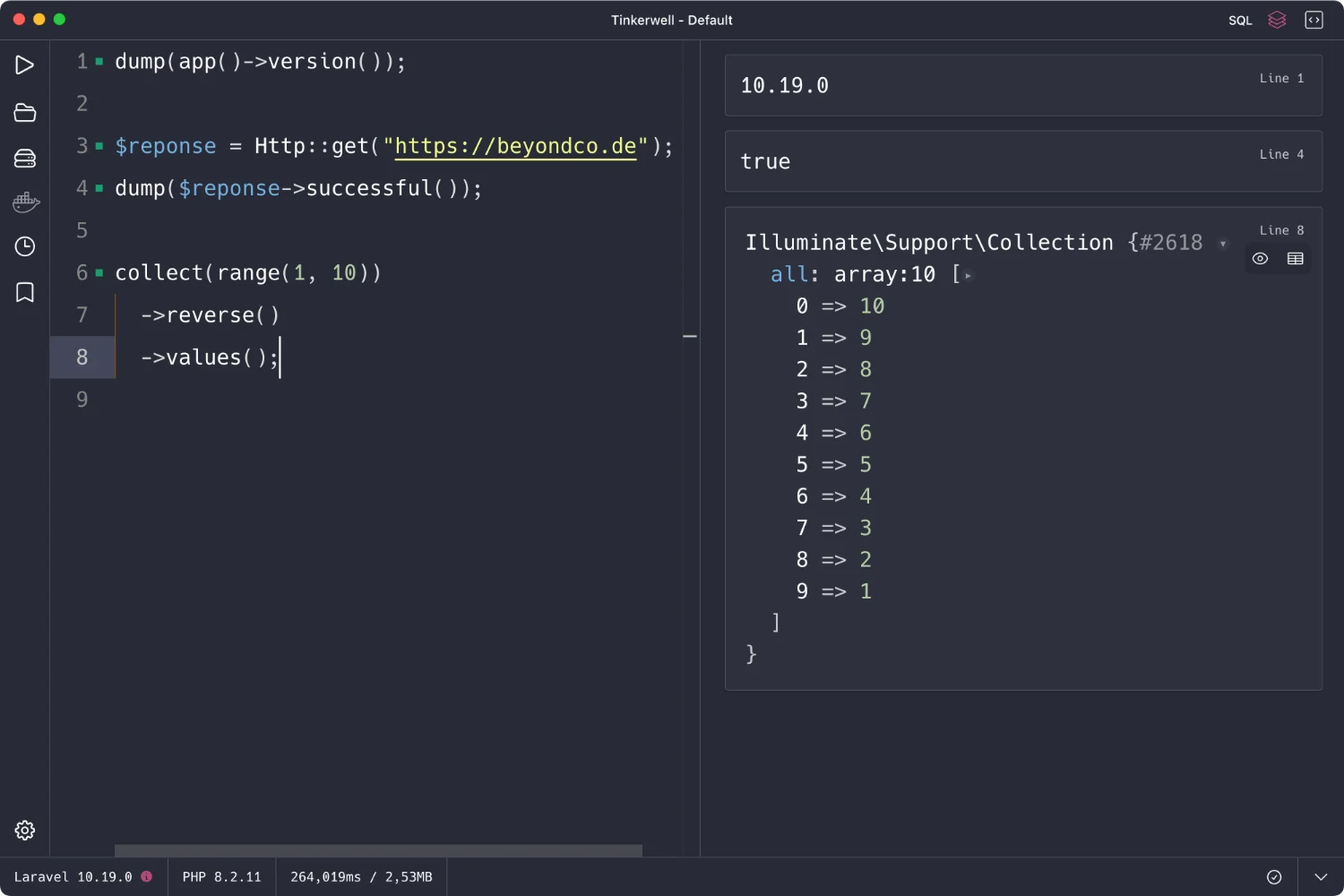
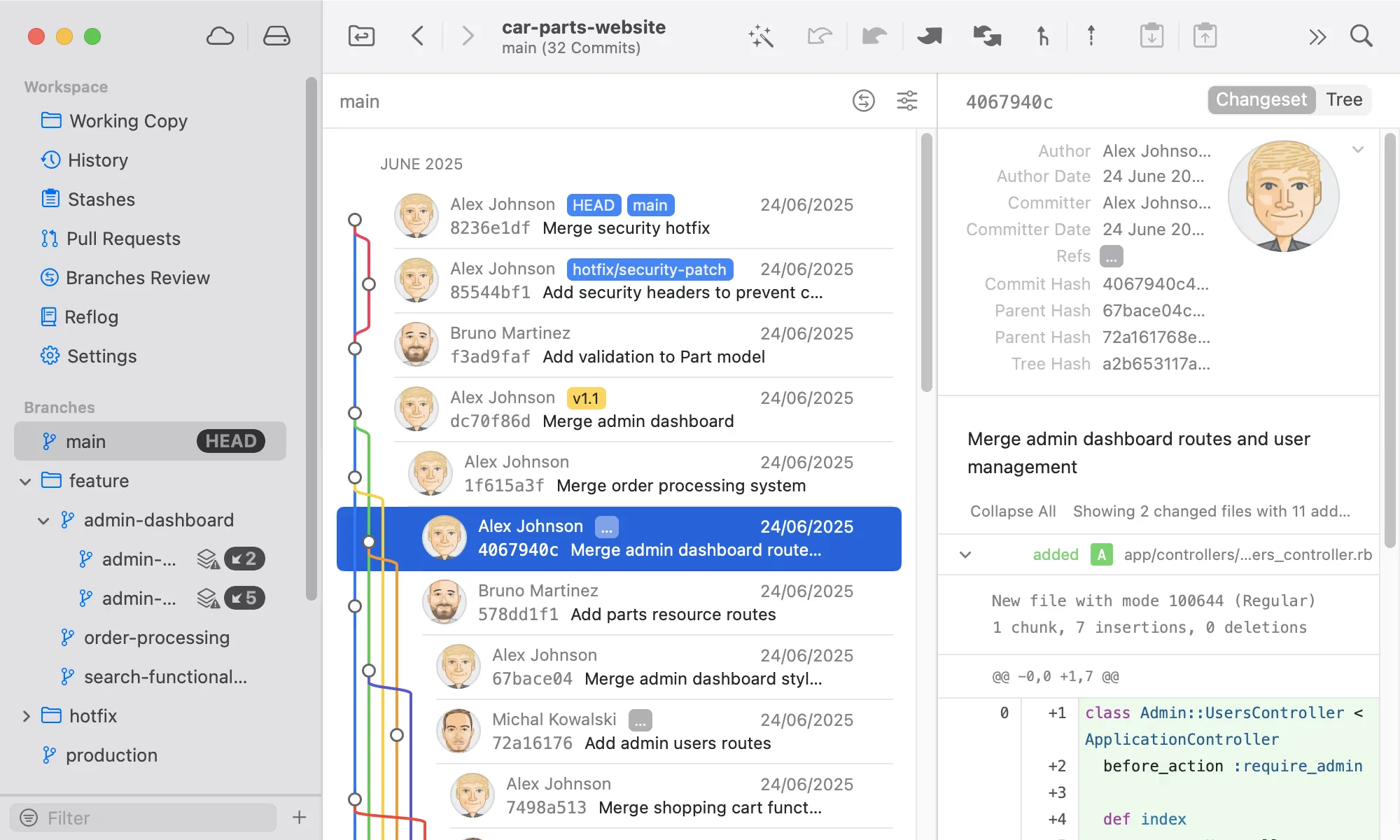
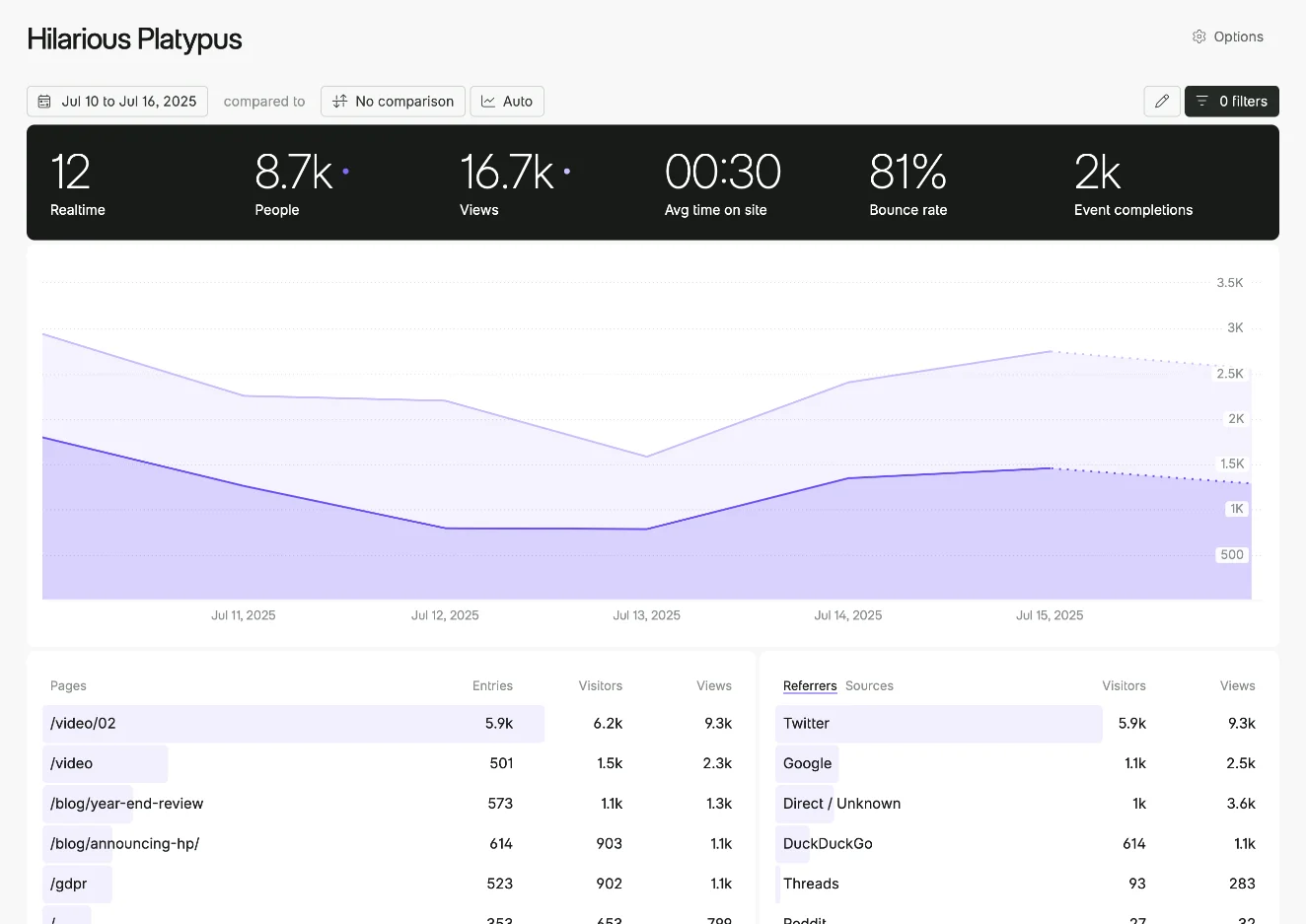
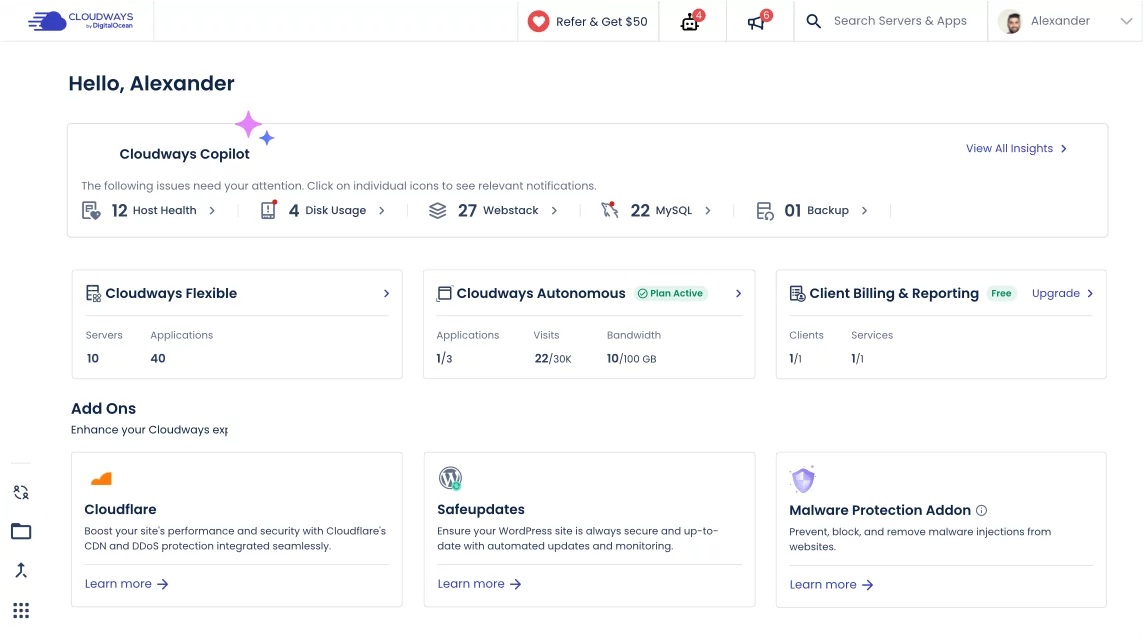

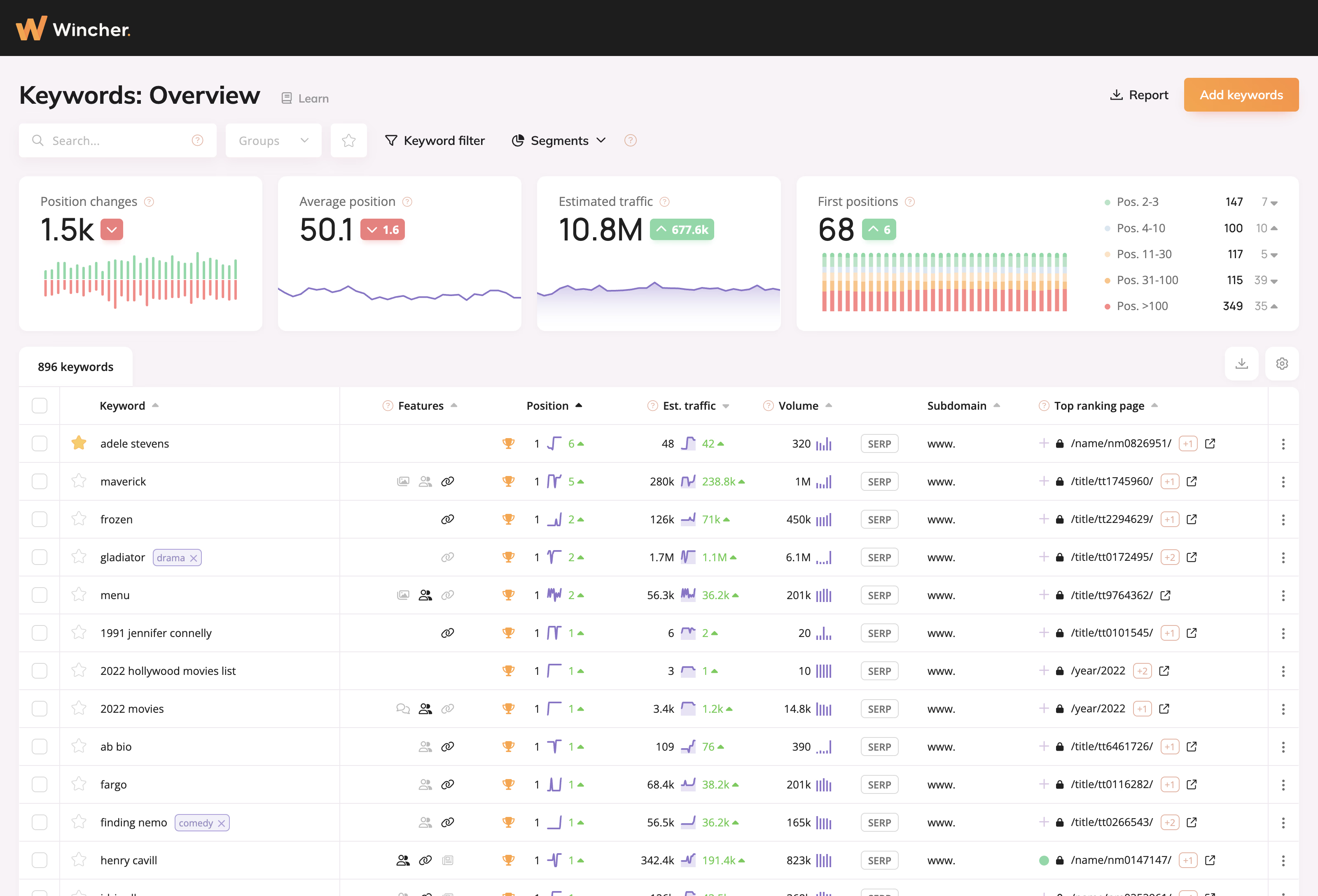
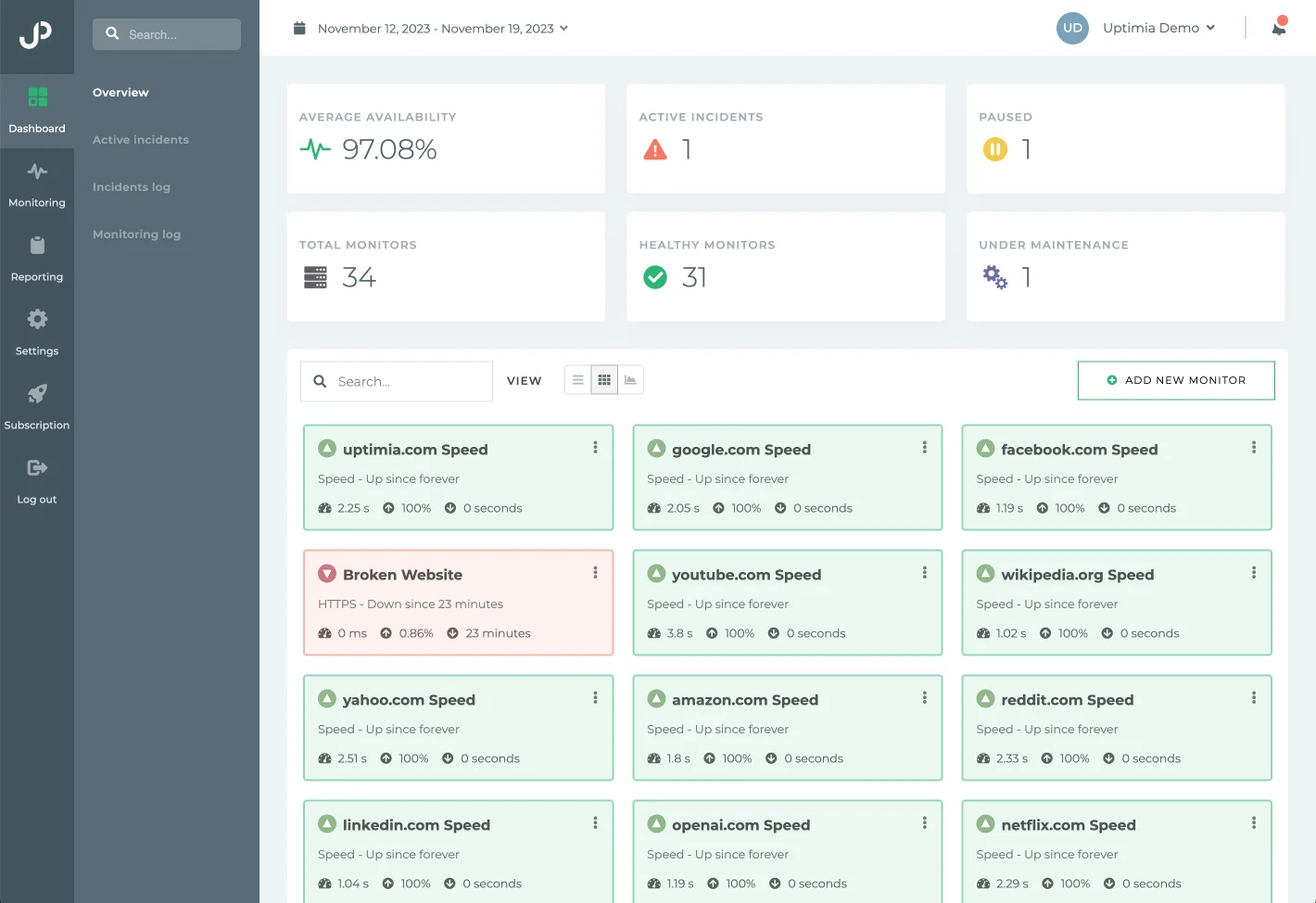
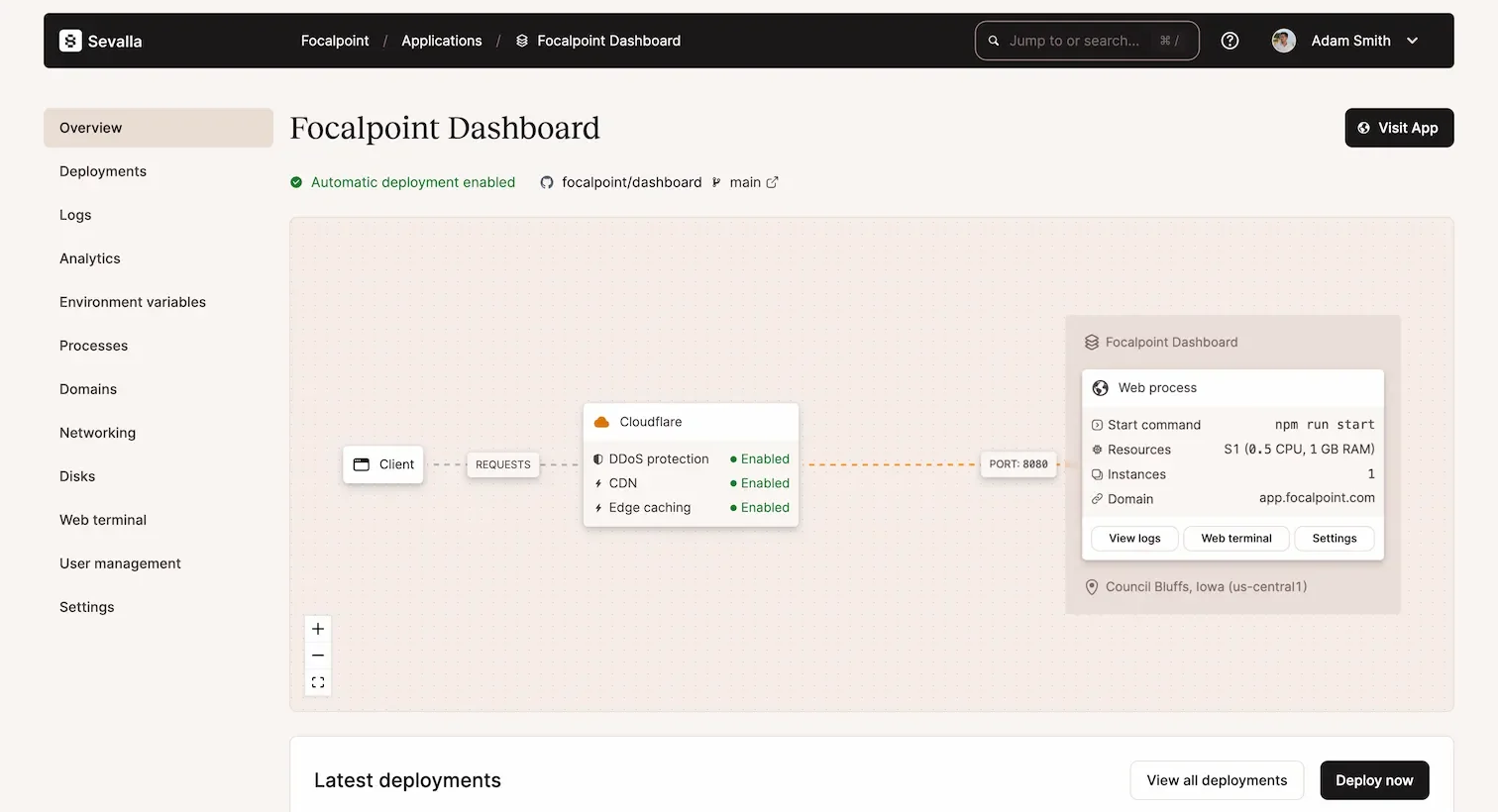
0 comments